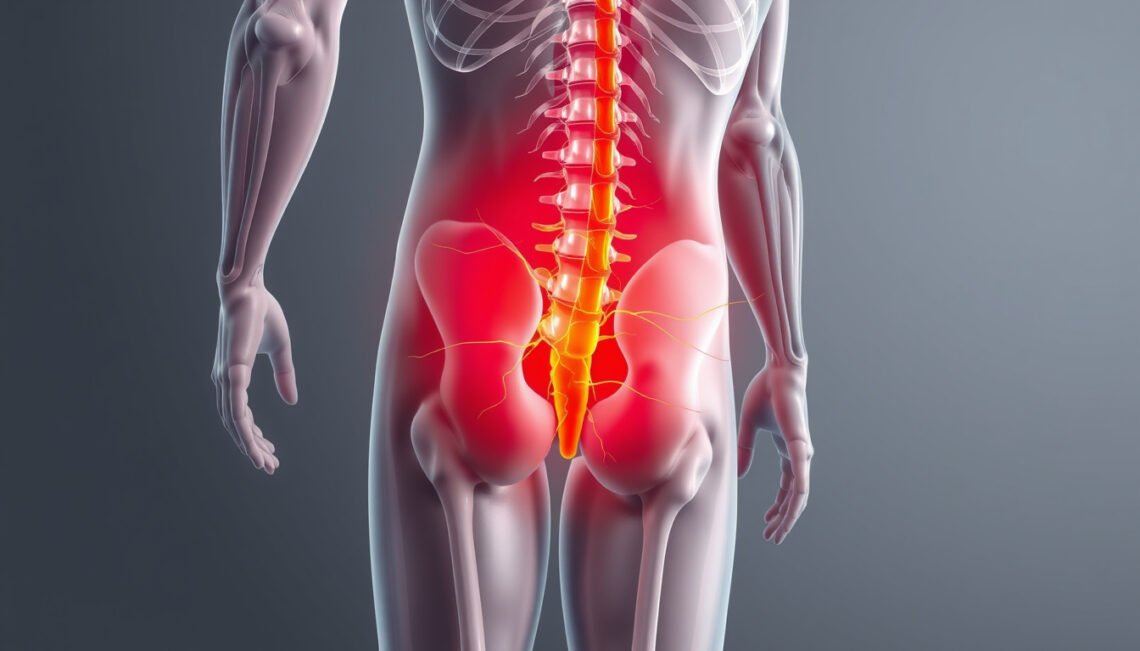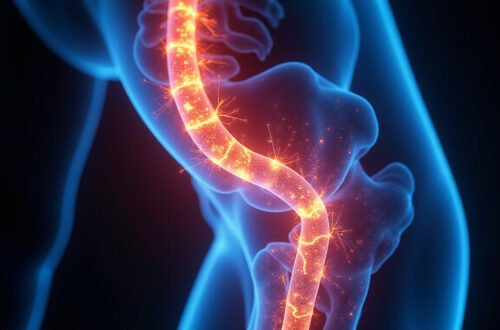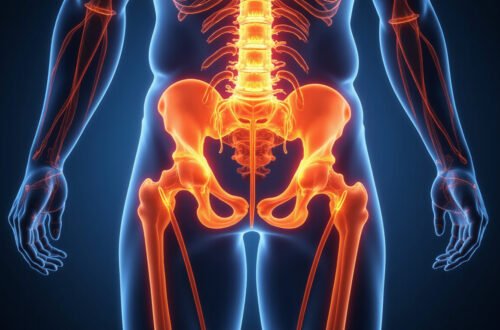Sciatica inflammation is a common condition that affects millions of people worldwide. It occurs when the sciatic nerve, the longest nerve in the body, becomes irritated or inflamed, leading to pain and discomfort that can radiate from the lower back down to the legs. Understanding the causes, symptoms, and effective relief methods for sciatica inflammation is essential for managing this often debilitating condition and improving quality of life.
What Is Sciatica Inflammation?
Sciatica inflammation refers to the swelling and irritation of the sciatic nerve, which runs from the lower spine through the hips and buttocks and down each leg. This inflammation can result from various underlying issues that compress or irritate the nerve, causing pain, numbness, and other neurological symptoms. Unlike general lower back pain, sciatica specifically involves nerve-related symptoms due to inflammation or pressure on the sciatic nerve.
Causes of Sciatica Inflammation
Identifying the root cause of sciatica inflammation is crucial for effective treatment and relief. Some of the most common causes include:
1. Herniated or Bulging Discs
When the discs between the vertebrae in the spine rupture or bulge, they can press against the sciatic nerve roots, causing inflammation and pain.
2. Spinal Stenosis
This condition narrows the spinal canal, compressing the nerve roots and leading to sciatica inflammation.
3. Piriformis Syndrome
The piriformis muscle, located in the buttocks, can sometimes spasm or tighten and irritate the sciatic nerve, causing localized inflammation.

4. Degenerative Disc Disease
Wear and tear on the spinal discs can erode the cushioning between vertebrae, increasing pressure on nearby nerves, including the sciatic nerve.
5. Injury or Trauma
Physical injury such as falls or car accidents can cause swelling around the sciatic nerve.
6. Pregnancy
Increased weight and hormonal changes during pregnancy may put additional pressure on the sciatic nerve, leading to inflammation.
Understanding these causes helps healthcare providers develop targeted treatment plans that address the source of inflammation rather than just the symptom.
Recognizing Symptoms of Sciatica Inflammation
Symptoms of sciatica inflammation range in intensity and duration but typically involve some degree of nerve-related discomfort. Common symptoms include:
- Sharp or burning pain radiating from the lower back to the buttocks, down the back of the thigh, and sometimes into the foot or toes.
- Numbness or tingling sensations along the nerve path.
- Muscle weakness in the affected leg.
- Increased pain while sitting, standing, or moving certain ways such as bending or twisting.
- Difficulty controlling movement or walking due to nerve irritation.
If the pain is accompanied by bowel or bladder dysfunction or severe leg weakness, immediate medical attention is necessary as these could indicate serious nerve damage.
Effective Relief Methods for Sciatica Inflammation
Managing sciatica inflammation involves addressing pain and reducing irritation of the sciatic nerve. Here are several evidence-based relief methods:
1. Physical Therapy
Targeted exercises and stretches can relieve pressure on the sciatic nerve, strengthen supporting muscles, and improve flexibility. Physical therapists may advise low-impact aerobic exercises like walking or swimming to maintain mobility without aggravating inflammation.
2. Anti-Inflammatory Medications
Nonsteroidal anti-inflammatory drugs (NSAIDs), such as ibuprofen or naproxen, can reduce inflammation and relieve pain. In some severe cases, doctors might prescribe corticosteroids to achieve faster relief.
3. Heat and Cold Therapy
Applying cold packs in the initial stage helps reduce swelling, while heat packs can relax tight muscles that may worsen nerve irritation. Alternating between heat and cold often provides effective symptom control.
4. Lifestyle Adjustments
Maintaining proper posture, avoiding prolonged sitting, and using ergonomic furniture can reduce strain on the lower back and sciatic nerve. Weight management through a balanced diet also decreases pressure on the spine.
5. Alternative Therapies
Acupuncture, chiropractic adjustments, and massage therapy have shown benefits in some individuals by promoting relaxation and improving nerve function.
6. Medical Procedures
If conservative treatments fail, minimally invasive procedures such as epidural steroid injections may be recommended. In rare cases, surgical intervention might be necessary to relieve nerve compression.
Summary of Sciatica Inflammation Relief Methods
- Physical therapy with targeted exercises
- NSAIDs and corticosteroids for inflammation control
- Heat and cold therapy alternation
- Posture and ergonomic improvements
- Alternative therapies like acupuncture
- Medical procedures including injections or surgery
Preventing Sciatica Inflammation
While not all cases of sciatica inflammation can be prevented, adopting healthy habits can minimize the risk:
- Engage in regular low-impact exercise to strengthen back and abdominal muscles.
- Maintain a healthy weight to reduce spinal stress.
- Practice proper lifting techniques to avoid injury.
- Ensure ergonomic workplace setup with appropriate seating and monitor height.
- Take frequent breaks from prolonged sitting or standing.
Frequently Asked Questions About Sciatica Inflammation
Q1: How can I tell if my pain is caused by sciatica inflammation?
A1: Sciatica inflammation typically causes radiating pain from the lower back down the leg, tingling, numbness, or muscle weakness. Unlike general back pain, sciatica is nerve-related and usually follows the nerve path.
Q2: Can sciatica inflammation heal on its own?
A2: Many cases of sciatica inflammation improve with time and conservative treatments like rest, physical therapy, and medication. However, persistent or severe symptoms require medical evaluation.
Q3: What are the best home remedies for sciatica inflammation relief?
A3: Applying cold or heat packs, gentle stretching exercises, over-the-counter anti-inflammatory medications, and maintaining good posture at home can provide significant relief from sciatica inflammation.
Trusted Source on Sciatica Treatment
For more detailed information on sciatica causes and treatment options, the Mayo Clinic offers comprehensive guidance on managing sciatica inflammation and related disorders (source).
Take Action for Sciatica Inflammation Relief Today
If you are experiencing symptoms of sciatica inflammation, don’t ignore the pain or wait for it to worsen. Early intervention can prevent chronic issues and help you regain mobility and comfort. Start with simple lifestyle changes and consult with healthcare professionals about personalized treatment options tailored to your condition. By addressing the root causes promptly, you can reduce inflammation and reclaim an active, pain-free life. Don’t let sciatica inflammation hold you back—seek effective relief methods today and take control of your health.






